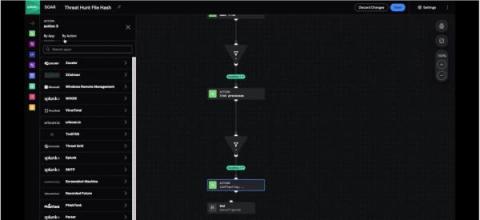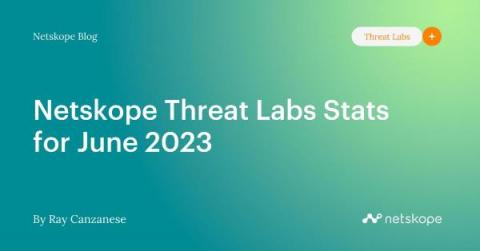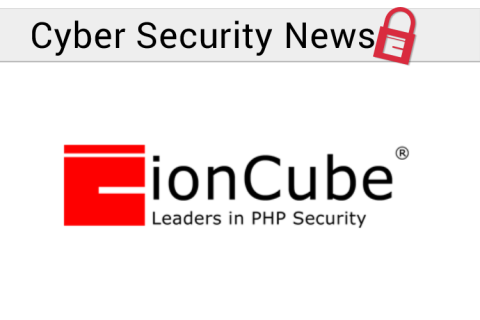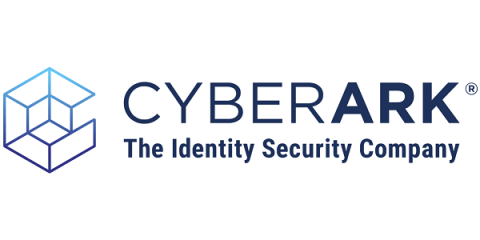Security | Threat Detection | Cyberattacks | DevSecOps | Compliance
Latest News
Cybersecurity in the Healthcare Industry: Trustwave SpiderLabs Report
In their latest report titled "Cybersecurity in the Healthcare Industry: Actionable Intelligence for an Active Threat Landscape," the Trustwave SpiderLabs team reveals the data from a months-long investigation focusing on the cyber threats the healthcare industry is currently grappling with.
Football Leaks Hacker Charged in Portugal for Leaking 70 Million Documents
Read also: Vulnerability in Revolut’s payment system leads to $20M theft, former contractor accused of sabotaging a water treatment facility, and more.
26 AI Code Tools in 2024: Best AI Coding Assistant
Netskope Threat Labs Stats for June 2023
Netskope Threat Labs publishes a monthly summary blog post of the top threats we are tracking on the Netskope platform. The purpose of this post is to provide strategic, actionable intelligence on active threats against enterprise users worldwide.
Weekly Cyber Security News 13/07/2023
A selection of this week’s more interesting vulnerability disclosures and cyber security news. Previously reported inside con job perpetrator has finally been sentenced. Such a dumb thing to do in both cases.
A Deep Dive into Penetration Testing of macOS Applications (Part 1)
As many of us know, there are a lot of guides and information on penetration testing applications on Windows and Linux. Unfortunately, a step-by-step guide doesn’t exist in the macOS domain to help us through the penetration testing process. This means we had to spend even more time searching the web and experimenting with different tools and techniques to find the most effective approach for our testing.
Theresa Payton on Identity Threats and the Chief 'Influence' Security Officer
You’re reading the CyberArk blog (and we thank you for that), so you’re likely familiar with the name Theresa Payton. The cybersecurity visionary, first female White House CIO, best-selling author and founder and CEO of Fortalice Solutions is a powerful industry voice, blending her frontline cybercrime fighting experience with cutting-edge insights to help organizations safely navigate the evolving threat landscape.
Combine Tines and OctoPerf to test your website's performance capability and automate custom load balancing tests
Tines has the superpower of protecting businesses in the security space through mission-critical automation workflows, but that does not mean our capabilities are restricted to that. In this blog, we’ll delve into how Tines can be implemented in other areas of the business to help your company streamline manual and time-consuming tasks.
How to Install Velero for Kubernetes Backups
Velero is an open-source backup and recovery tool designed specifically for Kubernetes clusters. It provides a straightforward way to protect your Kubernetes resources, including persistent volumes, namespaces, and custom resources, by taking backups and restoring them in case of data loss or disaster recovery scenarios. In this blog you will learn the different use cases for Velero and the two ways to install Velero, using the Velero CLI and using a Helm chart.











